Understanding dashboard warning lights in your Mitsubishi ASX is essential for keeping you safe on the road, as they alert you to potential issues that could lead to accidents or breakdowns.
These lights help with timely vehicle maintenance by signaling problems early, preventing costly repairs and ensuring your car runs smoothly. By knowing what each light means, you can take quick action to protect yourself, your passengers, and your vehicle.
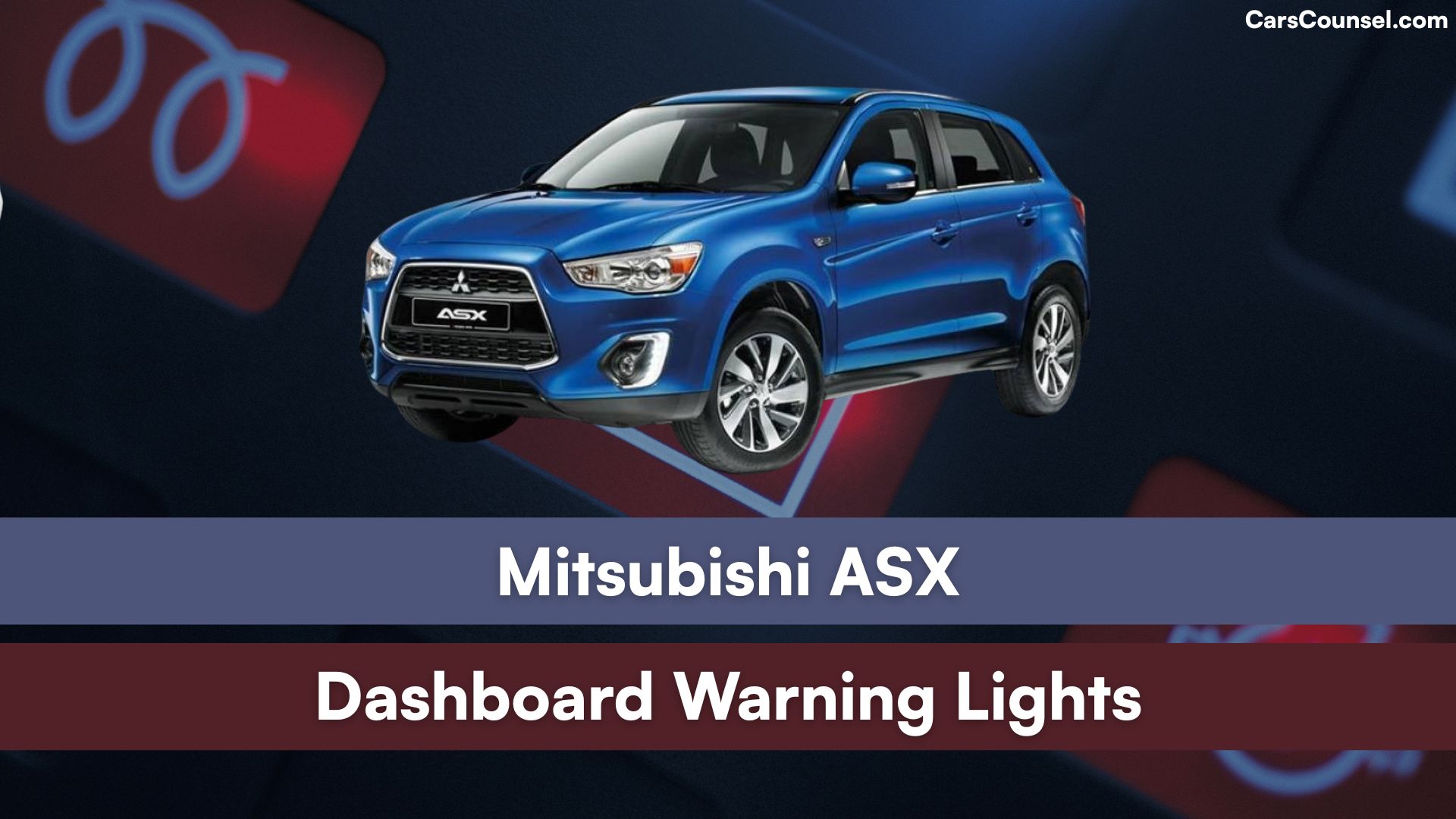
Quick Navigation
Red (Stop Immediately)
These lights signal urgent problems that require you to stop driving right away to avoid danger or damage.
Engine Oil Pressure

This light shows low oil pressure, which can cause engine damage from lack of lubrication. Possible causes include low oil level or a pump issue. Stop the car safely, turn off the engine, check the oil level, and add oil if needed; do not drive until fixed.
Brake System
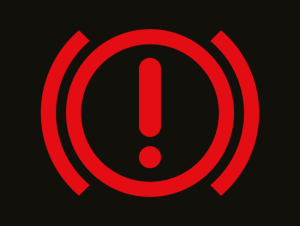
This indicates a problem with the brakes, such as low brake fluid or a system failure. It can lead to reduced stopping power. Pull over immediately, check brake fluid, and call for roadside help or a mechanic.
Coolant Temperature
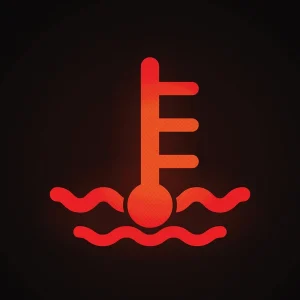
This means the engine is overheating, often due to low coolant or a faulty thermostat. Continued driving can damage the engine. Stop the vehicle, let it cool, check coolant level, and seek professional repair.
Battery Charge
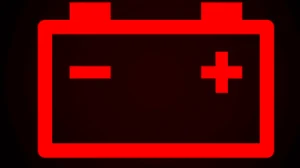
This signals an issue with the charging system, like a failing alternator or battery. The car may lose power soon. Stop driving, turn off non-essential electrics, and have the system checked by a service center.
Airbag System

This warns of a fault in the airbag setup, meaning airbags might not deploy in a crash. Causes include sensor or wiring problems. Stop and visit a mechanic to diagnose and repair for safety.
Power Steering

This indicates a failure in the power steering system, making steering hard. It could be due to low fluid or electrical issues. Pull over safely and get it inspected at a service center immediately.
Seatbelt Reminder

This reminds you or passengers to buckle up, as unfastened belts increase injury risk in accidents. The light stays on until belts are secured. Fasten all seatbelts before driving.
Door Ajar
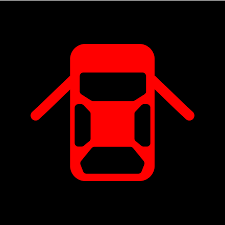
This shows a door is not fully closed, which can be unsafe at speed. Wind or improper latching might cause it. Stop, check all doors, and close them securely.
Transmission Temperature
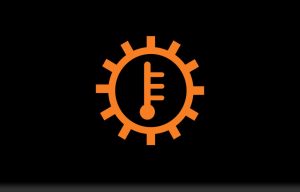
This means the transmission is overheating, possibly from heavy load or low fluid. Driving further risks damage. Stop, let it cool, and have a mechanic check fluid and system.
Engine Overheating
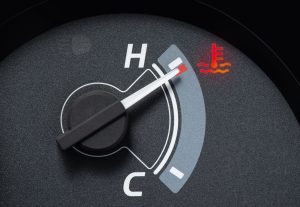
This alerts to extreme engine heat, often from cooling system failure. It can warp engine parts if ignored. Pull over, shut off the engine, and wait for it to cool before adding coolant or calling help.
Brake Fluid Low

This warns of low brake fluid, reducing braking efficiency. Leaks in the system could be responsible. Stop immediately, add fluid if safe, and seek professional repair.
Immobilizer System
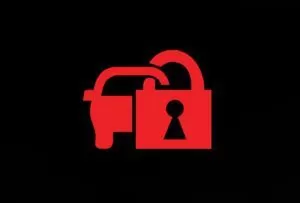
This shows a security system fault, preventing the engine from starting. Key or sensor issues are common. Stop and try reinserting the key; if it persists, contact a service center.
Hood Open
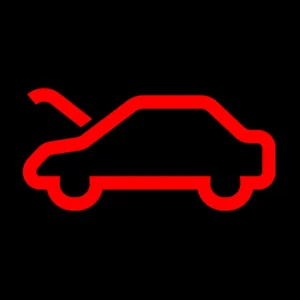
This means the hood is not latched properly, which is dangerous while driving. Stop, secure the hood, and ensure it’s fully closed.
Parking Brake Engaged
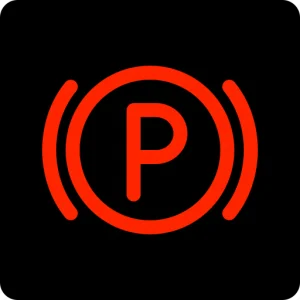
This indicates the parking brake is still on while driving, causing wear or drag. Release the brake fully before continuing, and check for faults if it sticks.
Yellow/Amber (Action Required Soon)
These lights point to issues that need attention soon but may not require stopping right away.
Check Engine
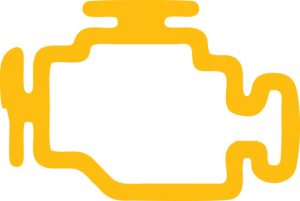
This signals an engine problem, like sensor faults or emissions issues. It can affect performance. Schedule a service visit to scan and fix the cause.
ABS System
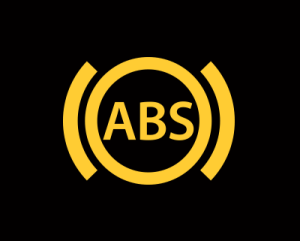
This means the anti-lock braking system is faulty, so brakes might lock during hard stops. A sensor or module issue is likely. Drive carefully and get it repaired soon.
Tire Pressure
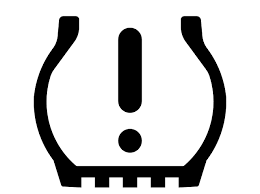
This warns of low pressure in one or more tires, affecting handling and fuel use. Temperature changes or punctures cause it. Check and inflate tires to the recommended level.
ESP Stability Control
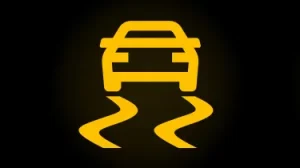
This indicates the electronic stability program is active or faulty, helping control skids. Slippery roads or sensor problems trigger it. Drive cautiously and have it checked.
Glow Plug (Diesel Models)

This shows the glow plugs are heating for cold starts in diesel engines. Faults mean hard starting. Wait for the light to go off before starting; service if it stays on.
DPF Filter
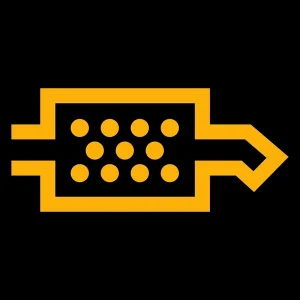
This alerts that the diesel particulate filter needs cleaning or is clogged with soot. Extended idling or short trips cause it. Drive at highway speeds to regenerate or visit a mechanic.
Low Fuel
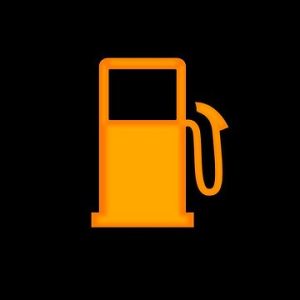
This means fuel is running low, risking stranding. The gauge confirms it. Refuel at the next station to avoid running out.
Service Reminder
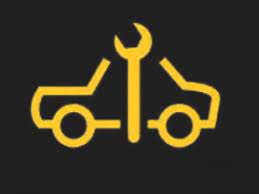
This reminds you of upcoming maintenance, based on mileage. Ignoring it can lead to wear. Schedule a service appointment soon.
Transmission Fault

This indicates a problem in the automatic transmission, like slipping gears. Fluid issues or sensors might be at fault. Limit driving and get it diagnosed.
Key Battery Low
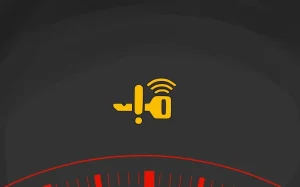
This warns the key fob battery is weak, affecting remote functions. Replace the battery soon to maintain keyless entry.
Washer Fluid Low

This shows low windshield washer fluid, impairing visibility. Refill the reservoir with appropriate fluid.
Blind Spot Monitoring
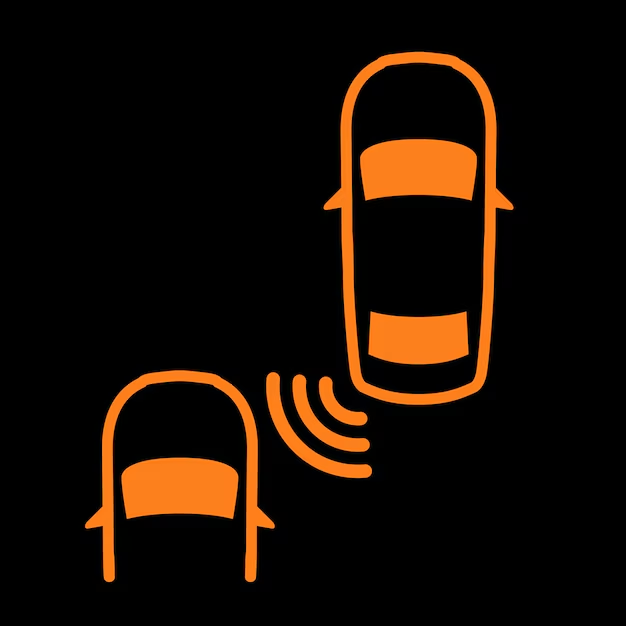
This signals a fault in the blind spot system, reducing awareness of nearby vehicles. Sensors might be dirty or faulty. Clean sensors and service if needed.
Lane Departure Warning
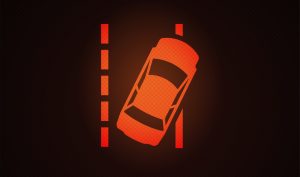
This alerts to unintentional lane drifting, often from distraction. It encourages corrective steering. Adjust driving and check system if faulty.
Forward Collision Mitigation

This means the collision avoidance system is off or faulty. Sensors could be blocked. Clean sensors and reactivate the system.
Adaptive Cruise Control Fault

This indicates an issue with adaptive cruise, like sensor blockage. Clean the radar area and service if the problem continues.
Green (Information Only)
These lights provide status updates on active features and do not require action.
Eco Mode
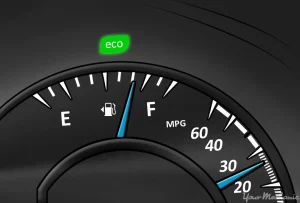
This shows eco mode is on, optimizing fuel efficiency by adjusting engine and transmission. It activates via a button. No action needed; it saves gas during normal driving.
High Beam

This indicates high beam headlights are active for better night visibility. It turns on when you switch them. Dim for oncoming traffic to avoid blinding others.
Turn Signals
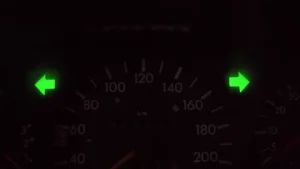
This flashes when turn signals are in use, showing direction intent. It activates with the lever. Ensure it works for safe lane changes.
4WD Mode
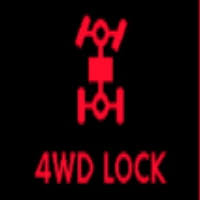
This shows four-wheel drive is engaged for better traction. Select via controls. Use in slippery conditions; no immediate action.
Headlights On

This confirms headlights are active, improving visibility. It lights up when switched on. Turn off when not needed to save battery.
Fog Lights
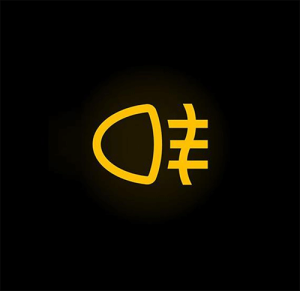
This indicates front or rear fog lights are on for poor weather. Activate manually. Turn off in clear conditions.
Auto Hold
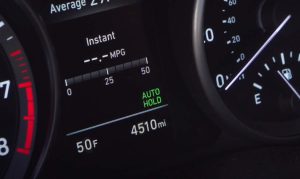
This shows brake auto-hold is active, keeping the car stopped without pedal pressure. It’s useful in traffic. Release by pressing accelerator.
Low Beam

This confirms low beam headlights are in use. It’s the default for city driving. No changes needed unless switching to high.
Indicator for ACC
This displays adaptive cruise control is operational. It maintains distance from vehicles ahead. Monitor and adjust settings.
Blind Spot Active

This green light means blind spot monitoring is on and functioning. It alerts to vehicles in blind spots. Drive normally.
Lane Keep Assist
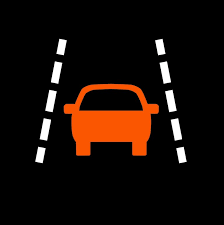
This indicates lane keep assist is active, helping stay in lane. It’s a driver aid. No action unless turning off.
When looking at Mitsubishi, make sure to check out our guides on models like the Mitsubishi Canter, Mitsubishi Fuso, Mitsubishi Mirage, and Mitsubishi Triton L200. Understanding dashboard warning lights is essential. Our expert reviews break down what each light means, highlighting common alerts for these models and what they could signal about underlying issues, so you’re never left guessing behind the wheel.

